Is It Safe to Sail the Caribbean? (Tips for Beginners)
The Caribbean is a dream destination for many sailing enthusiasts, with its clear waters, stunning weather, and beautiful islands. However, you may be wondering if it's safe to sail in the Caribbean, especially for beginners. Luckily, the Caribbean is generally considered a safe place to sail, but it's essential to stay vigilant and prepared for potential dangers, such as storms, rough weather conditions, or petty thefts
As a beginner sailor, consider sailing the Caribbean in May, November, or during the less risky December–April period when there is almost no rain, to maximize your chances of a safe sailing voyage. You should avoid sailing the Caribbean during peak hurricane season, which typically runs from June to November.
To ensure a successful trip, familiarize yourself with essential safety procedures, research precautions, and gain a better understanding of local climates and patterns in the areas you plan to visit. In this article, we'll help you prepare to embark on an incredible Caribbean sailing adventure while minimizing risks and maximizing enjoyment.
Summary
- One crucial factor to consider when sailing in the Caribbean is the hurricane season.
- Plan your trip for the beginning or end of summer, when the weather is warm and stable.
- Evaluate the different boats and think about which one will best suit your needs and skill level. Always prioritize safety and ensure your chosen vessel is equipped with proper safety gear.
- Be prepared by monitoring the weather, honing your sailing skills and experience, ensuring you have the proper equipment, and creating a detailed float plan.
- Plan your route so you have the option to easily seek shelter in case a storm approaches. Keep a list of safe havens, their locations, and contact information on hand while sailing.
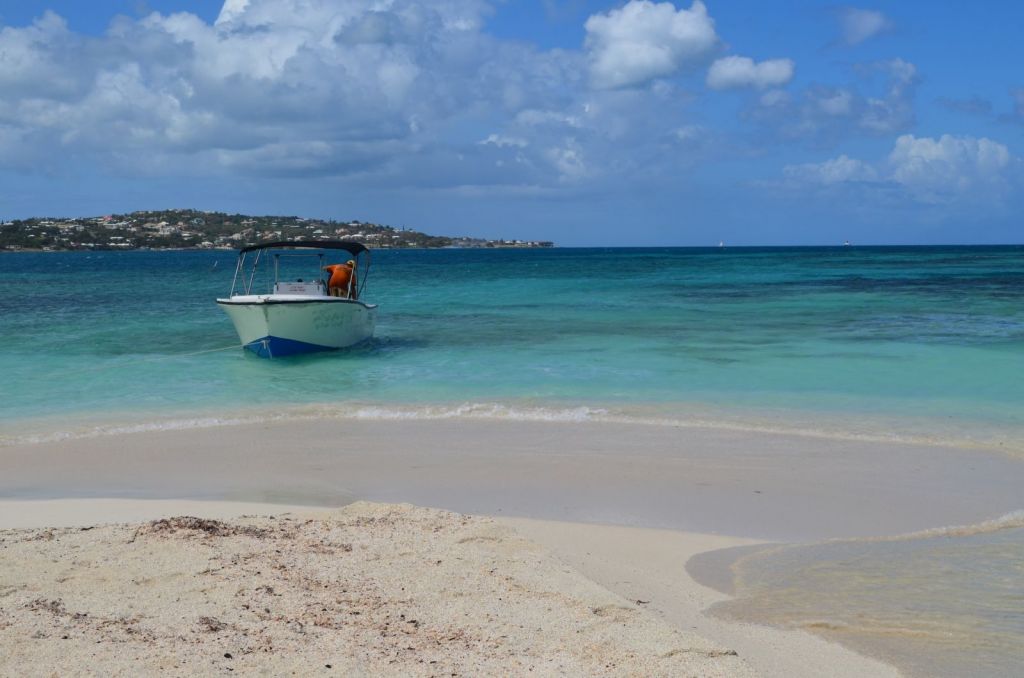
On this page:
Caribbean Sailing Basics
The Caribbean is a fantastic destination for sailing enthusiasts, providing numerous breathtaking islands, serene beaches, and crystal-clear waters. So, if you're a beginner looking to sail the Caribbean, here are some essentials to keep in mind.
Best time to sail the Caribbean
The ideal time to sail the Caribbean is at the beginning and end of summer, when the weather is warm and stable. However, you should be cautious about the hurricane season, which generally runs from June through November. To make the most of your trip, plan your sailing adventure around this period to avoid unexpected surprises.
Types of boats for sailing in the Caribbean
There are various types of boats available for sailing in the Caribbean, each suited to different skill levels and preferences. Before embarking on your journey, it's essential to choose the right boat for your specific needs. Here are some options to consider:
-
Catamarans: These multi-hulled boats offer stability and space, making them an excellent choice for beginner sailors. They are comfortable and easy to manage, allowing you to enjoy your time on the water without worrying too much about the technical aspects of sailing.
-
Monohull sailboats: If you prefer a more traditional sailing experience, a monohull sailboat is the way to go. They are typically more responsive and maneuverable compared to catamarans. However, they might require more skill to operate, so be prepared to learn and practice before setting off.
-
Motor yachts: For those who prefer speed and power over a leisurely sailing experience, motor yachts are an excellent option. These boats are equipped with advanced technology, making navigation and maneuvering more accessible for beginners.
Understanding the Caribbean Hurricane Season

Months to avoid sailing the Caribbean
Hurricane season in the Caribbean usually begins in June and ends in November, with the peak occurring between August and October. Rarely, the season can start as early as May, and the most popular time to visit is from December to April, when there is almost no rain. To maximize your chances of a safe sailing voyage, consider avoiding the peak months and opting for sailing in May, November, or during the less risky December–April period.
Regional differences in the Caribbean
It's essential to understand that not all Caribbean destinations are affected equally by hurricanes. Some islands are less prone to storm impacts due to their location. For example, Trinidad and Tobago are generally considered a safe bet for hurricane-free sailing because it has been over 50 years since a hurricane has hit either island. Barbados is another island with very few hurricanes in the last 100 years, making it a safer choice for sailors as well.
Even during the busiest hurricane seasons, there may be weeks without a single tropical storm in various parts of the Caribbean. Each storm typically affects only a small portion of the region, so it's possible to sail around safely by staying informed about the current weather conditions and storm paths.
Selecting a Safe Sail Route in the Caribbean
When planning a sailing adventure in the Caribbean, it's essential to choose a safe route, particularly during hurricane season. In this guide, we'll provide some recommendations for navigating the Leeward and Windward Islands, as well as popular sailing routes and potential navigational hazards.
Leeward Islands recommendations for sailing
The Leeward Islands are known for their calm waters, beautiful scenery, and, most importantly, their ability to provide some shelter from hurricanes. When sailing in this area, consider the following:
- St. Kitts and Nevis are ideal destinations for beginners, thanks to their well-protected harbors and reliable mooring facilities.
- The northern part of the island chain, including the Virgin Islands, has a lower chance of being hit by hurricanes but still offers idyllic sailing conditions.
Windward Islands recommendations for sailing
The Windward Islands, located to the south, offer more challenging conditions, but can still be safely navigated with proper preparation.
- Grenada, known as the "Spice Isle," is a popular choice for hurricane season due to its location outside the typical hurricane path. Explore the island's picturesque harbors and friendly locals.
- St. Lucia and Martinique are sought-after destinations, but keep a close eye on weather reports to avoid unforeseen storms.
Popular sailing routes in the Caribbean
Several popular routes in the Caribbean are known for providing scenic and safe sailing experiences.
- The British Virgin Islands' Sir Francis Drake Channel is a great starting point for beginners.
- The Grenadines offer an unforgettable island-hopping experience, but be mindful of the fast-moving squalls.
Navigational hazards when sailing the Caribbean
To ensure a safe sail, it's important to be aware of any potential hazards.
- Reefs: Caribbean waters are filled with beautiful coral reefs, but they can pose a danger to boats. Use up-to-date charts and GPS systems to avoid damaging your vessel and the reefs.
- Currents: The Caribbean Sea experiences both the Atlantic Trade winds and localized currents; be vigilant and maintain a close eye on your speed, bearing, and position.
- Unpredictable weather: While the Caribbean is renowned for its consistent winds, hurricane season can bring unpredictable weather patterns. Keep a close eye on forecasts and be prepared to change plans if necessary.
Safety Precautions and Tips When Sailing the Caribbean
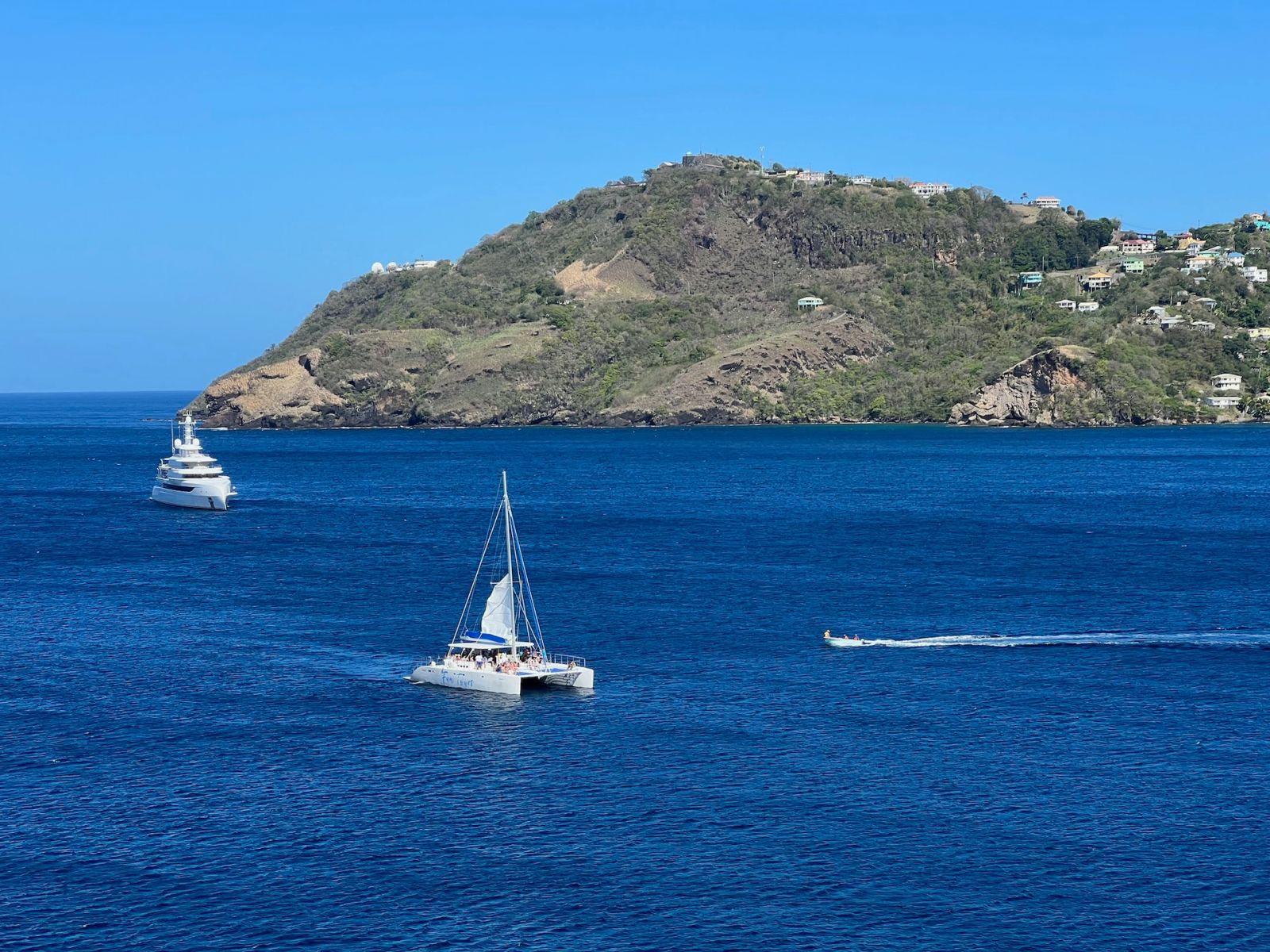
When sailing the Caribbean, especially during hurricane season, it's essential to take the necessary safety precautions. In this section, we'll discuss a few valuable tips to ensure you have a safe and enjoyable sailing experience.
Regularly monitor weather conditions when sailing the Caribbean
Be sure to check local forecasts before setting sail and stay aware of any weather warnings or updates. Subscribing to a Caribbean Safety and Security Net can also provide real-time weather updates and safety alerts. Having a reliable VHF radio and a weather app can help you stay informed about potential storms and other hazards.
Sailing skills and experience for navigating the Caribbean
If you're a beginner, consider joining a sailing course or partnering with an experienced sailor to gain valuable knowledge and hands-on experience. Becoming proficient in essential sailing techniques can significantly improve your ability to react to potential dangers and stay safe on the water.
Proper equipment for a safe voyage
Make sure your boat is well maintained and equipped with necessary safety gear, such as life jackets, flares, a first aid kit, and a life raft. Additionally, ensure your navigation system and communication devices are in good working order.
- Life Jackets
- Flares
- First Aid Kit
- Life Raft
- Navigation System
- Communication Devices
Creating a float plan for your sailing adventure
Before embarking on your sailing adventure, create a float plan that outlines your anticipated route, stops, and estimated arrival times at each destination. Share this plan with friends or family members who can monitor your progress and know when to expect communication from you. This can be a valuable resource in case of an emergency or unexpected change of plans.
Preparing for Emergencies When Sailing the Caribbean
You may want to start developing a response plan and knowing safe havens, so you can help ensure a safer journey sailing the Caribbean.
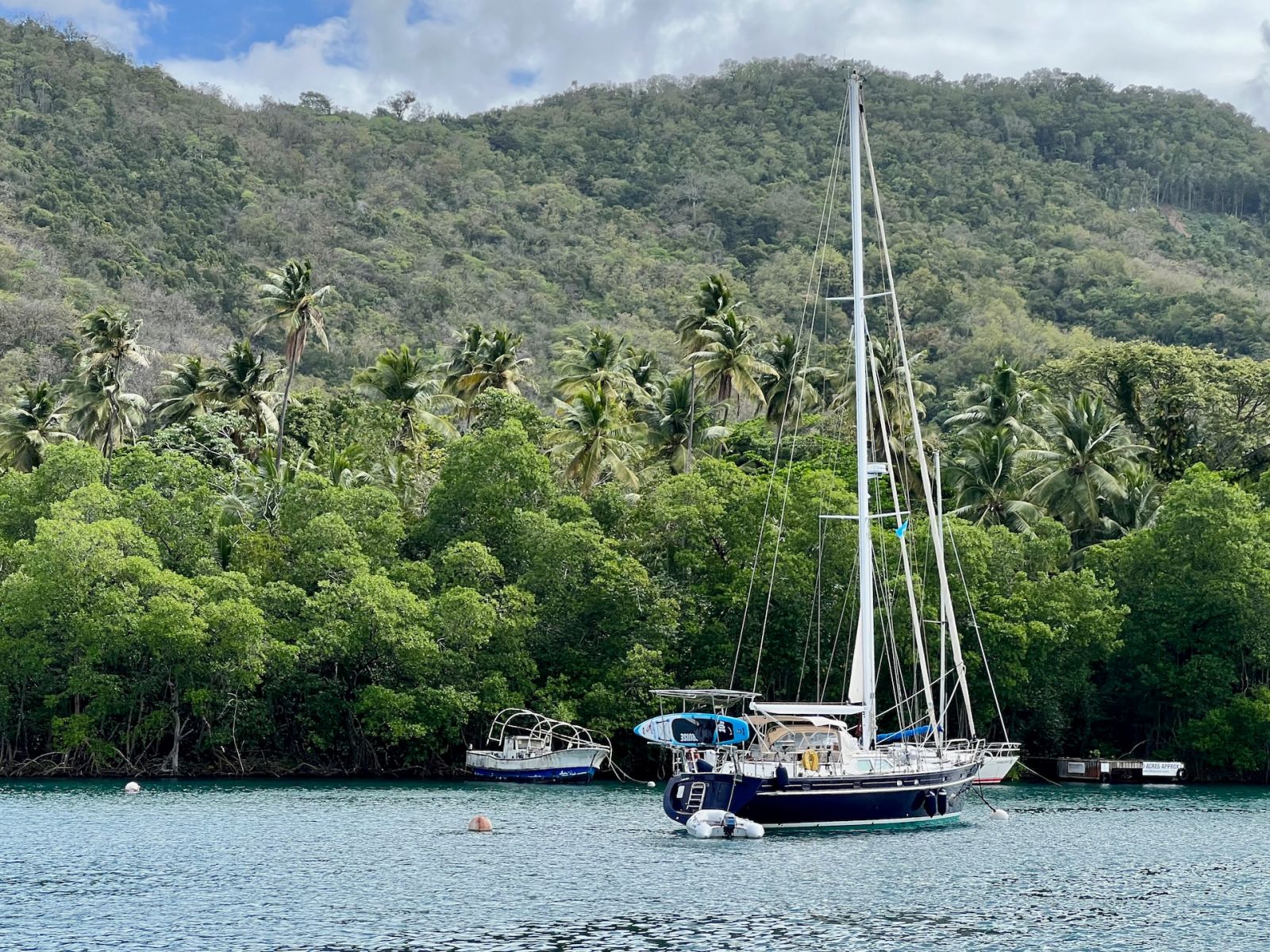
Develop a response plan for emergencies
When you're setting sail for the Caribbean, it's essential to have a response plan in place for any emergencies. Firstly, familiarize yourself with the area's hurricane season, which usually runs from June to November. Keep an eye on weather forecasts and adjust your itinerary if necessary to avoid storms.
Additionally, ensure that the people onboard know how to use emergency equipment, such as life vests, flares, and medical supplies. Create an emergency contact list, which should include phone numbers for local coast guards, nearby marinas, and family members. Also, consider taking a marine first-aid course to better handle medical emergencies while at sea.
Know safe havens along your sailing route
In case of a storm or any other emergency, it's crucial to know where the safe havens are located along your sailing route. Research the marinas, natural harbors, and designated hurricane holes in the area. Hurricane holes are well-protected areas that offer shelter from strong winds, waves, and surges.
Plan your route so you have the option to easily seek shelter in case a storm approaches. Keep a list of these safe havens, their locations, and contact information on hand while sailing.
Insurance and Liability Considerations When Planning to Sail the Caribbean
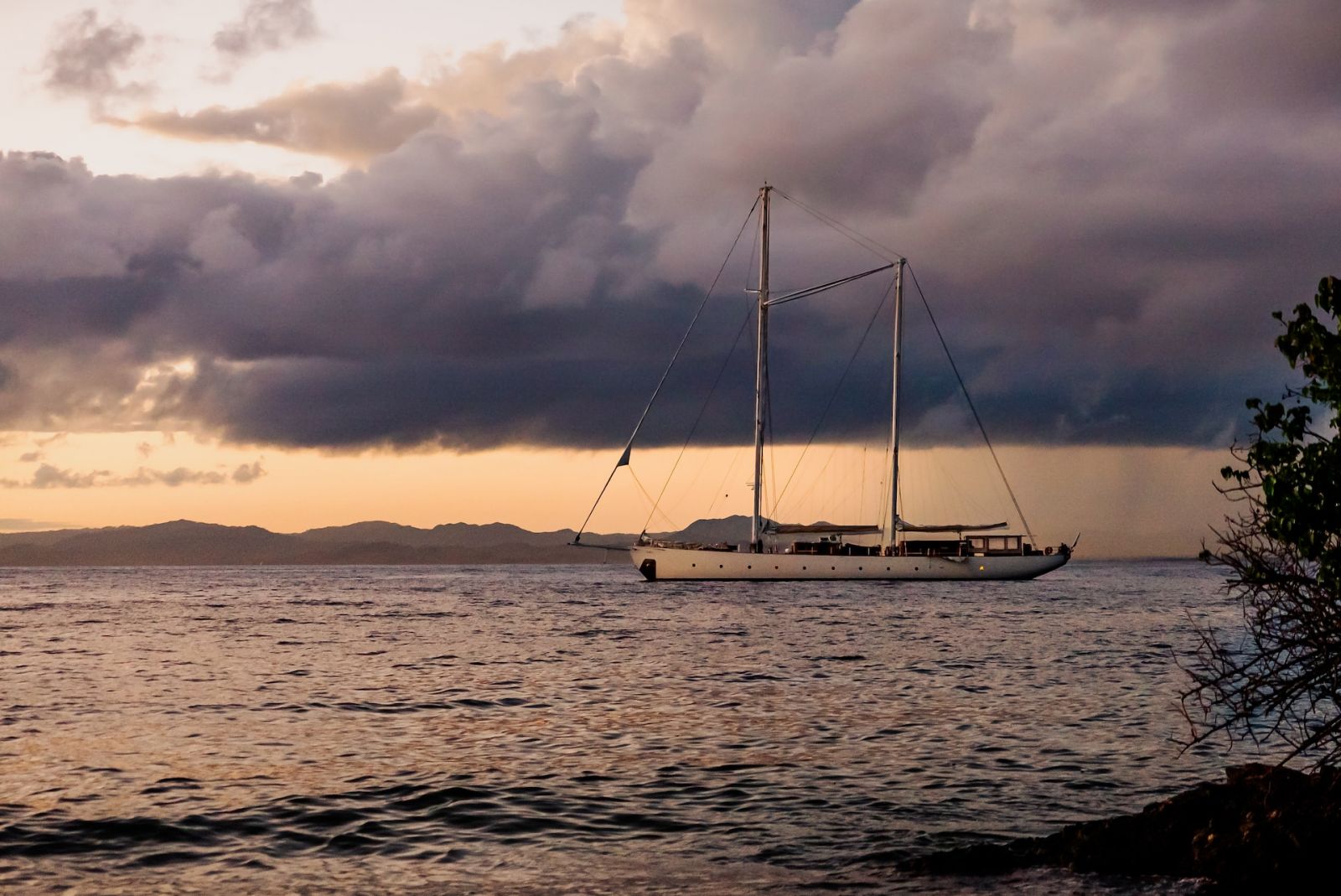
During the hurricane season, the risks involved in sailing can increase, making it even more crucial to have adequate coverage.
First and foremost, you should have comprehensive boat insurance that covers the replacement value of the vessel. It's also vital to check if your policy includes coverage for sailing within the Caribbean region. Some insurance policies limit their coverage to specific zones or areas, so confirm that your desired sailing routes are included.
Remember to factor in the possibility of adverse weather conditions, especially during hurricane season. Make sure your insurance covers any damage caused by storms or other natural disasters. Additionally, verify what your deductible is, because higher deductibles usually mean lower premiums. It's essential to weigh the pros and cons of higher deductibles based on your risk tolerance and budget.
Liability insurance is another crucial consideration. This helps protect you should an accident occur that results in injuries to your passengers or damage to someone else's property. Generally, $300,000 to $500,000 of coverage is recommended, but you may choose a higher amount if you feel it necessary.
It's also wise to invest in travel insurance, as it provides further protection for your investment. Travel insurance can help cover unexpected expenses, such as trip cancellation or interruption, medical emergencies, or emergency evacuation. Make sure to read the terms and conditions carefully to ensure that your chosen policy meets your needs.
Did you find the answer to your specific question?
👍 3 👎 0

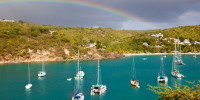

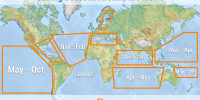
Leave a comment